Look, I need to tell you about the most random deep dive I’ve done in months. It started because my therapist asked me why I always check my horoscope when I claim to be “not really into astrology.” Fair question. I mumbled something about it being “just for fun” but honestly? I had no idea why I was drawn to it.
So naturally, instead of dealing with my actual problems, I spent three weeks researching where the zodiac came from. Because that’s what us Virgo suns do – we research everything to death when we’re avoiding feelings.
Full disclosure: I thought I knew the basics. Twelve signs, some Greek mythology, boom. But guys… I was so wrong. This stuff goes back thousands of years. Like, older than Jesus. Older than the pyramids. Ancient.
The Rabbit Hole Begins
It was a Tuesday night (because of course it was), and I was supposed to be working on a client project. Instead, I was lying in bed scrolling through some astrology Instagram account when I thought, “Wait… who decided Leo is a lion? And why exactly twelve signs?”
Three hours later, I was reading about Babylonian priests and taking notes in my phone like I was studying for finals. My boyfriend walked in and found me with four library books scattered around me, muttering about ancient Mesopotamia.
“Are you okay?” he asked.
“Did you know the zodiac was invented by people who lived in what’s now Iraq?” I replied.
He backed away slowly.
What Even IS This Thing We’re All Obsessed With?
Okay, so here’s what I learned. The zodiac is basically a belt in the sky – like an invisible highway where the sun, moon, and planets travel. It’s divided into twelve sections, each one named after a constellation.
The word “zodiac” comes from Greek and means “circle of little animals.” Which is actually adorable when you think about it. Most of the signs are animals – your Lions, your Crabs, your Goats. Though some rebels like Libra (the scales) had to be different.
I always assumed this was just… natural. Like the constellations were always there with these meanings. Nope. Humans created this whole system to make sense of what they saw in the sky. We’re basically all following a filing system invented by ancient stargazers.
The History That Nobody Tells You About
This is where it gets wild. The zodiac has been traveling through different cultures for literally millennia, getting remixed and updated like a really old song that keeps getting covered by new artists.
Babylon: The Original Stargazers (Around 2000 BCE)
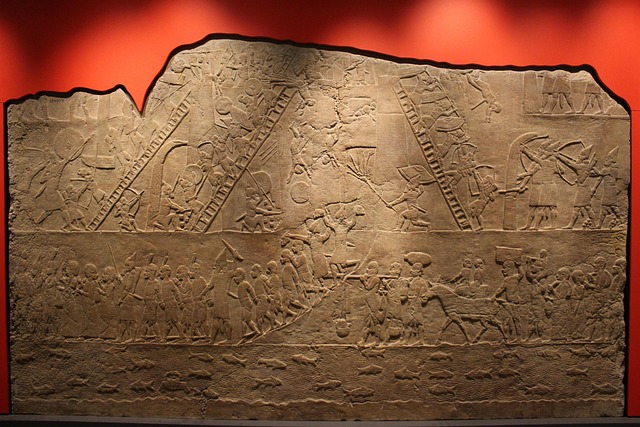
So it all started in ancient Babylon – modern-day Iraq. Around 2000 BCE, these priests were absolutely obsessed with the night sky. I’m talking about spending entire nights tracking stars and planets, trying to predict everything from crop failures to whether the king should declare war.
These guys were the first to divide the sky into twelve equal sections. They basically invented horoscopic astrology – the idea that planetary positions could influence what happens on Earth.
But here’s the thing that blew my mind: it wasn’t personal back then. There were no “What’s your sign?” conversations at ancient Babylonian dinner parties. This was all about big-picture stuff. Kings and empires. The priests would watch the planets move and advise rulers on major decisions.
I kept thinking about this while brushing my teeth. Like, we’re using a system that was originally designed for kings to make war decisions… to figure out if we should text our ex back.
Egypt: Where It Got Spiritual
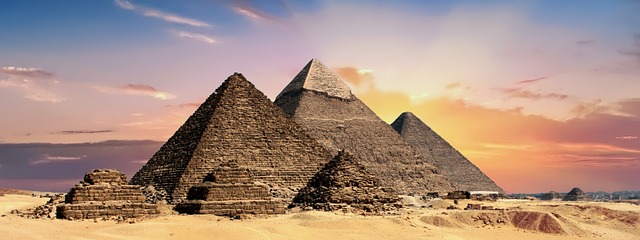
The Egyptians were doing their own thing with the stars. They had this concept called “decans” – thirty-six different star groups that helped them keep track of time and create calendars. Each decan was connected to a god, which honestly sounds way more interesting than our current calendar system.
Things got really interesting when Alexander the Great conquered Egypt around 300 BCE. That’s when Egyptian star-worship mixed with Babylonian astrology, and suddenly you had a much richer, more spiritual system that started focusing on individuals, not just empires.
I keep a running note in my phone called “Random Thoughts” and I wrote: “Ancient people were way more connected to the sky than we are. When’s the last time I actually looked up at night without trying to take a picture of the moon?”
Greece: Making It All About You
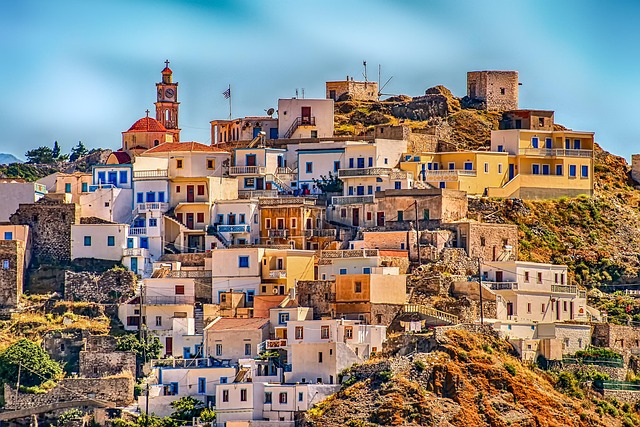
The Greeks took what the Babylonians started and completely transformed it. By the 4th century BCE, they’d adopted the twelve-sign system and gave the constellations the names we still use today. Gemini, Sagittarius, all of them.
But the real game-changer was this guy Ptolemy. In the 2nd century CE, he wrote this book called “Tetrabiblos” that basically became the Bible of Western astrology. This is when things got personal – Ptolemy figured out how to use the positions of the sun, moon, and planets at your birth to understand your personality and predict your future.
That’s when being a “Leo” or a “Capricorn” became a thing. Before Ptolemy, astrology was for kings. After him? It was for everyone.
I literally texted my friend Maya at 11 PM: “DID YOU KNOW THAT PERSONAL HOROSCOPES WERE INVENTED BY ONE GUY IN ANCIENT GREECE?”
She replied: “Claire, are you having another research spiral?”
Yes. Yes, I was.
India: A Completely Different Approach
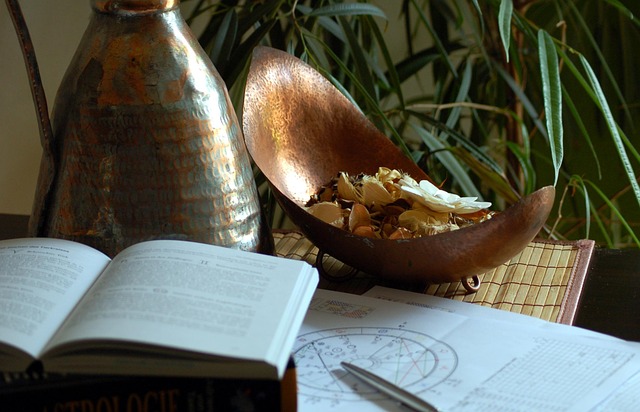
Meanwhile, over in India, they were developing their own version called Jyotish, or “the science of light.” It’s similar to what we know but also completely different. Instead of using the tropical zodiac (based on seasons), they use the sidereal zodiac, which aligns with where the constellations actually are right now.
Vedic astrology is deep, you guys. It’s not just “Will I get that promotion?” It’s more like “What’s my soul’s purpose in this lifetime?” They use incredibly detailed birth charts to guide everything from marriage to spiritual growth.
I started looking into getting a Vedic reading, then remembered I can barely commit to a skincare routine. Maybe baby steps.
China: Totally Different But Equally Fascinating
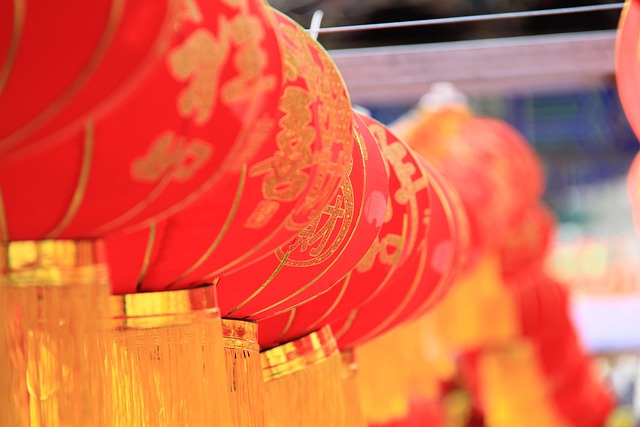
The Chinese went in a completely different direction. Instead of constellations, they based their zodiac on a twelve-year lunar cycle, with each year represented by an animal. Rat, Ox, Tiger, Dragon – you know the drill.
What’s crazy is that this system developed completely independently from what was happening in Babylon and Greece, but it serves the same basic purpose: using cosmic patterns to understand personality and predict the future.
I’m a Metal Goat in Chinese astrology, by the way. Which feels… accurate? I’m stubborn but shiny.
The Stories Behind Each Sign (My New Obsession)
One thing I love about diving into this research is discovering that every sign has an actual story. Like, real mythological tales that explain why each sign is the way it is. Here are some of my favorites:
Aries comes from the Golden Fleece story – this magical ram that saved two kids from danger. That’s why Aries are so brave and adventurous. They’re literally channeling hero energy.
Leo is tied to the Nemean Lion that Hercules had to kill as one of his twelve labors. This thing had skin so tough that no weapon could pierce it. That’s why Leos are all about strength and pride – they’re basically channeling invincible lion energy.
Scorpio has this intense story about a scorpion that was sent to kill Orion, this legendary hunter. The scorpion succeeded, which is why Scorpios are associated with transformation and hidden power. They’re the ones who can metaphorically “kill” what needs to die so something new can be born.
Pisces – which resonates with me even though I’m a Virgo – comes from Aphrodite and Eros transforming into fish to escape a monster. They tied themselves together so they wouldn’t lose each other. That’s why Pisces are so intuitive and connected to others.
I started a Google Doc called “Zodiac Myths” and now I have seventeen pages of notes. My Scorpio moon is living for this level of intensity.
How We Got from Ancient Temples to Instagram Stories
The zodiac didn’t just stay in ancient times – it’s been evolving constantly. During the Middle Ages, Christian monks were studying astrology alongside religion. During the Islamic Golden Age, astronomers were refining astrological techniques and preserving ancient texts.
The Renaissance brought a major revival – artists like Leonardo da Vinci were into astrology, and horoscopes became more personal and individualized.
But the real game-changer? Newspaper horoscopes. In 1930, the Sunday Express published the first newspaper horoscope, and suddenly everyone was checking their sun sign for daily advice. By the late 20th century, astrology was everywhere – books, magazines, TV shows.
And now? We’re in the middle of a massive revival. Apps like Co-Star and The Pattern have made birth charts accessible to everyone. Astrology memes flood social media. It’s less about predicting the future and more about self-discovery and finding meaning in a chaotic world.
I have like four astrology apps on my phone now. Sometimes they contradict each other and I just pick whichever one tells me what I want to hear. Don’t judge me.
Why This Ancient Stuff Still Hits Different
Here’s what I realized after going down this historical rabbit hole: the zodiac has survived for thousands of years because it serves a fundamental human need. We want to understand ourselves. We want to feel connected to something bigger than our daily grind of emails and grocery shopping.
I’m not saying you have to believe that Mercury retrograde is actually messing with your technology (though… maybe it is?). But there’s something powerful about having a framework for self-reflection. Whether you’re a skeptical Capricorn or a dreamy Pisces, the zodiac offers a way to pause and think about who you are and where you fit in the world.
In our disconnected, overwhelming modern world, the zodiac gives us a sense of connection – to the stars, to history, to each other. It’s a reminder that humans have always looked up at the night sky and wondered about their place in the universe.
Plus, let’s be honest – it’s fun. Knowing your sign (and your crush’s sign) adds a playful layer to life. It’s a way to explore your personality, understand why you click with certain people, and figure out what makes you tick.
My Completely Unscientific Conclusion
Look, I went into this research as someone who enjoyed astrology but felt slightly embarrassed about it. Coming out the other side, I have so much more respect for this ancient system. It’s not just some modern fad – it’s a tool that has been helping humans navigate life for literally thousands of years.
Whether you’re drawn to the heroic energy of Aries or the spiritual depth of Vedic astrology, remembering these ancient roots adds so much richness to the experience. We’re not just reading horoscopes – we’re participating in a tradition that connects us to ancient Babylonian priests, Greek philosophers, and countless generations of humans who looked up at the stars and wondered about their destiny.
So maybe tonight, instead of just checking your horoscope app (or in addition to it – I’m not your mom), take a moment to actually look up at the sky. Think about all the people throughout history who have looked at those same stars and constellations. You’re part of a cosmic story that’s been unfolding for millennia.
And honestly? That’s pretty magical.
Also, I’m definitely getting my full birth chart done now. My Gemini rising demands it.
Claire is a former marketing copywriter who now writes about wellness, sleep, and the intersection of ancient wisdom and modern anxiety. She lives in Portland with her boyfriend and a small forest of houseplants. You can find her overthinking things on Instagram [@clairewilderwriter] or not posting on TikTok because she’s too old to figure it out.

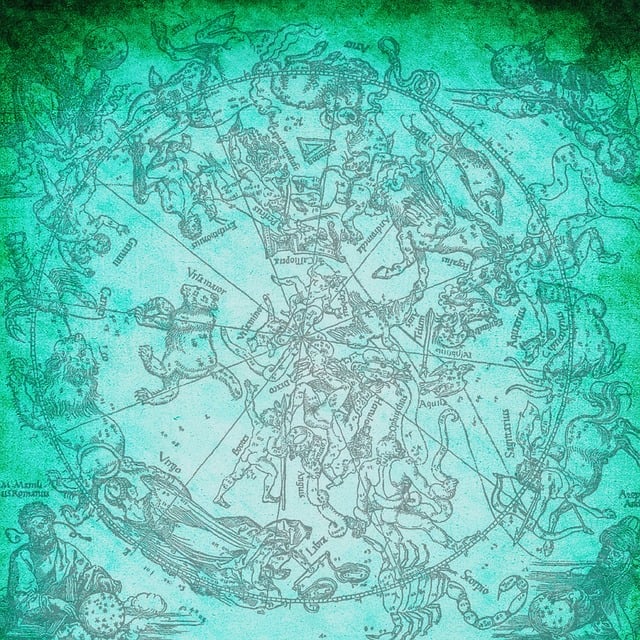
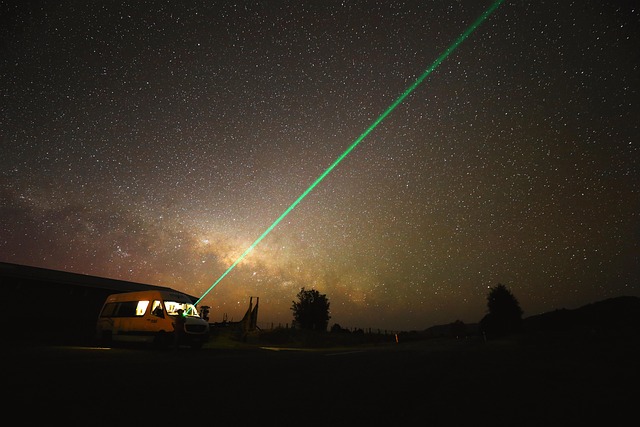
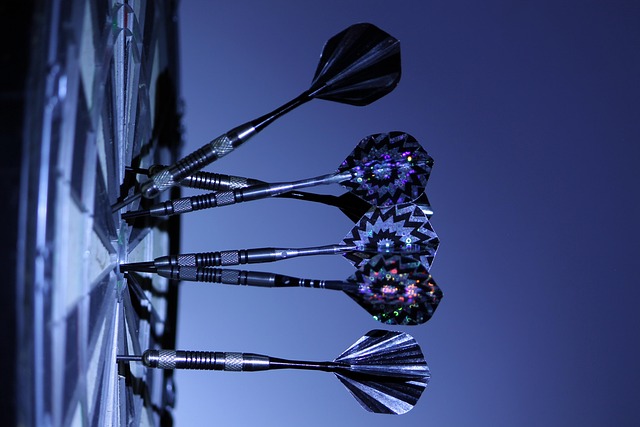
Pingback: How Different Cultures Interpret the Same Constellation - Zodiac Queens
Pingback: Astrology Home Decor: Zodiac-Inspired Ideas for Every Sign - Zodiac Queens
Pingback: Astronomy vs Astrology: What's the Actual Difference? - Zodiac Queens